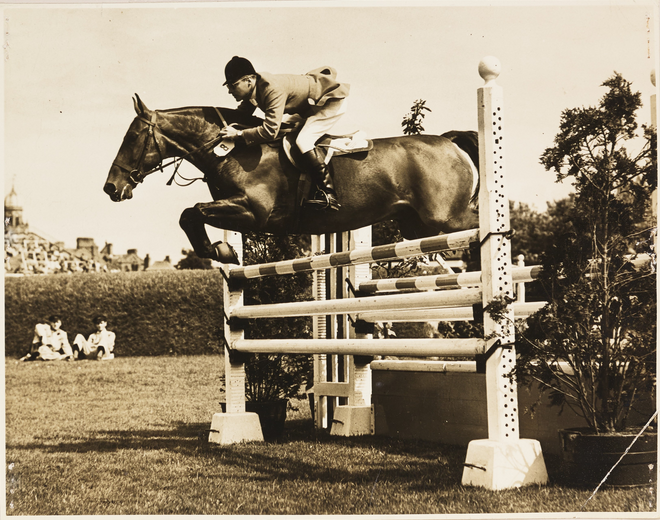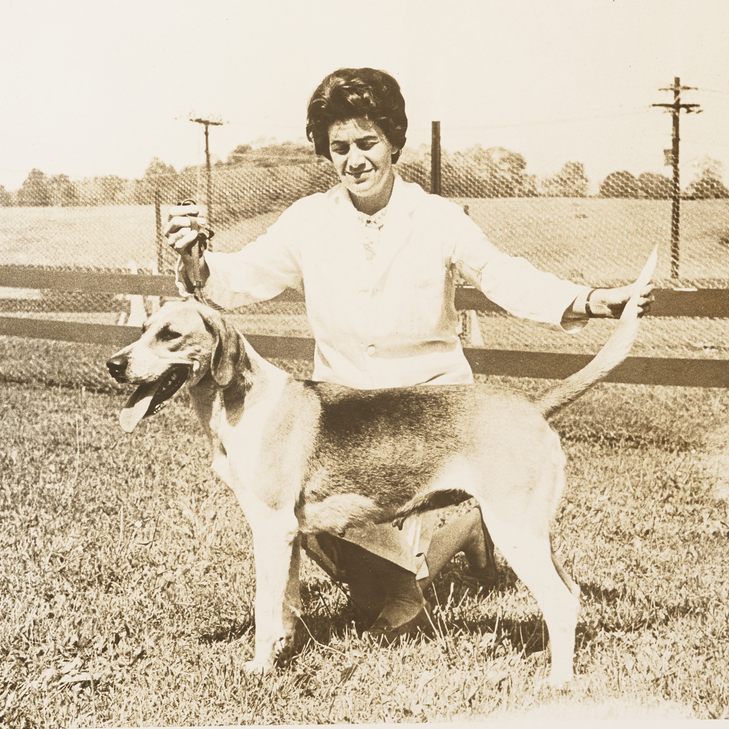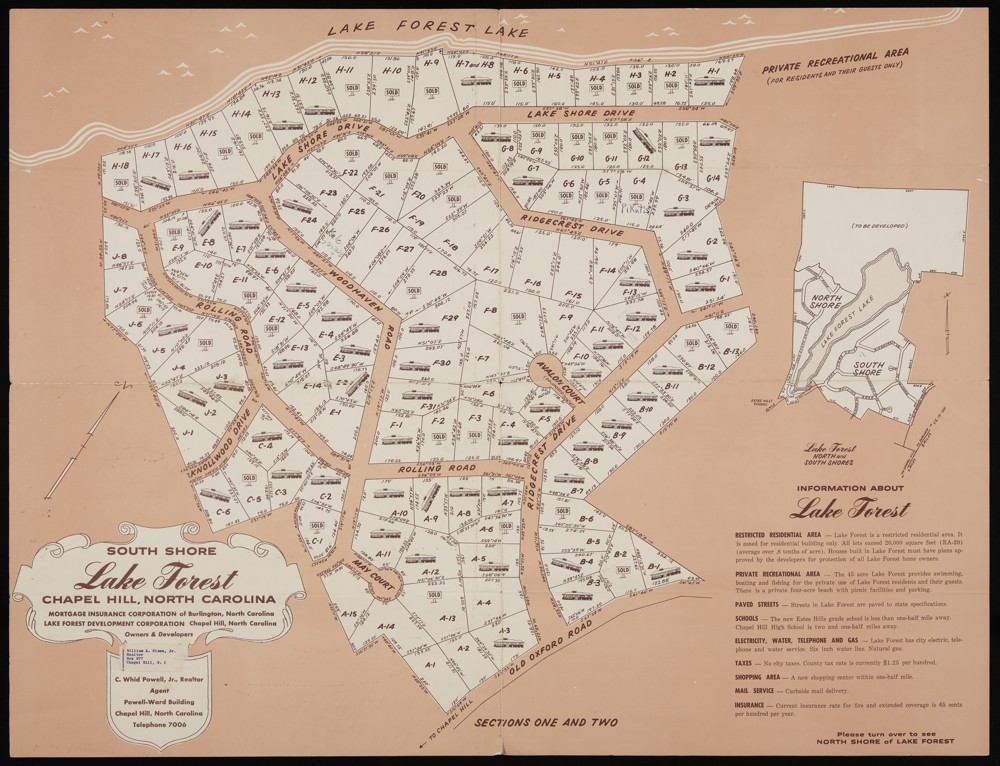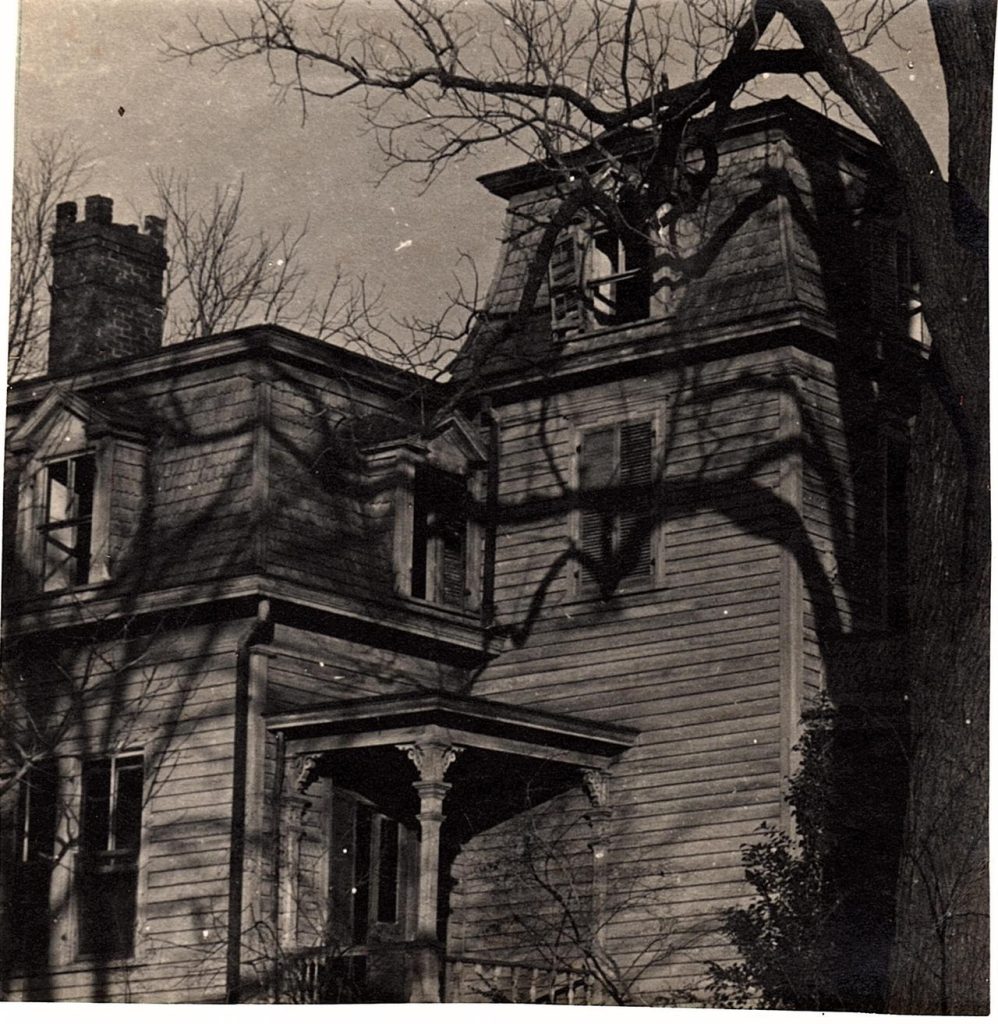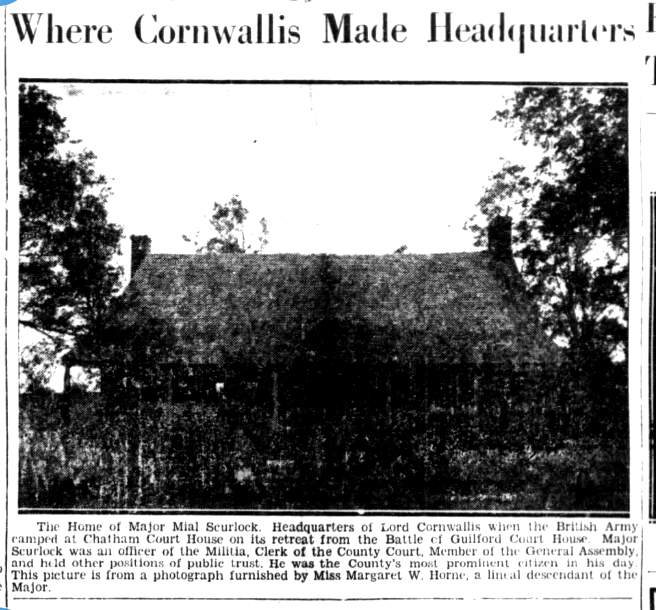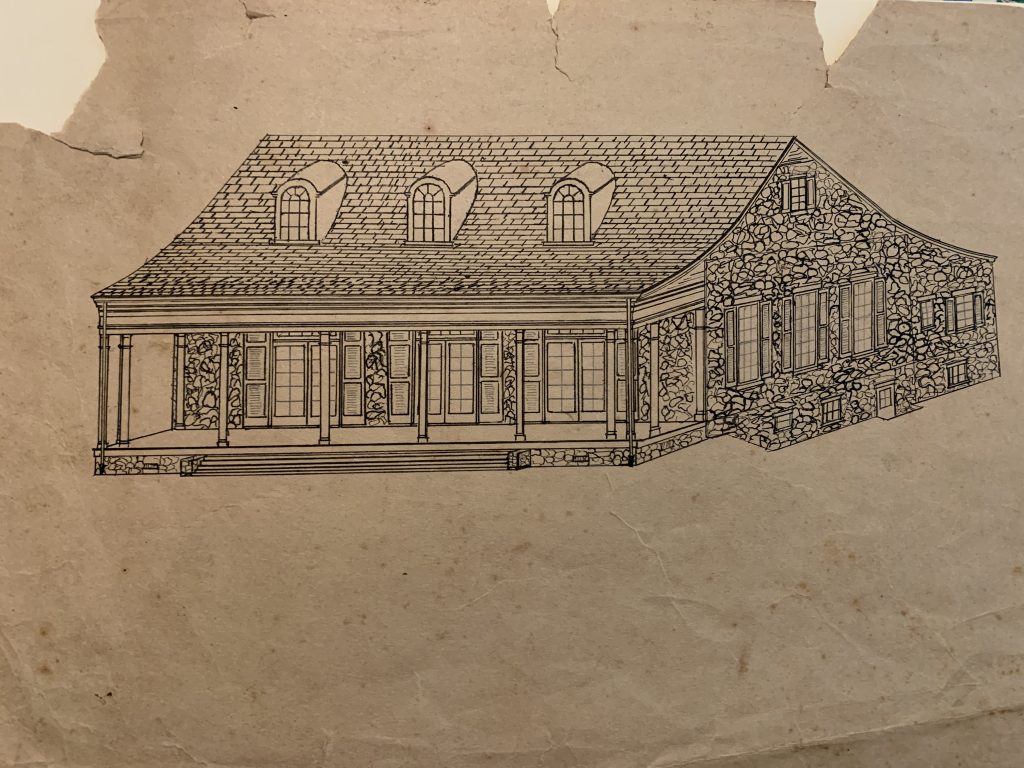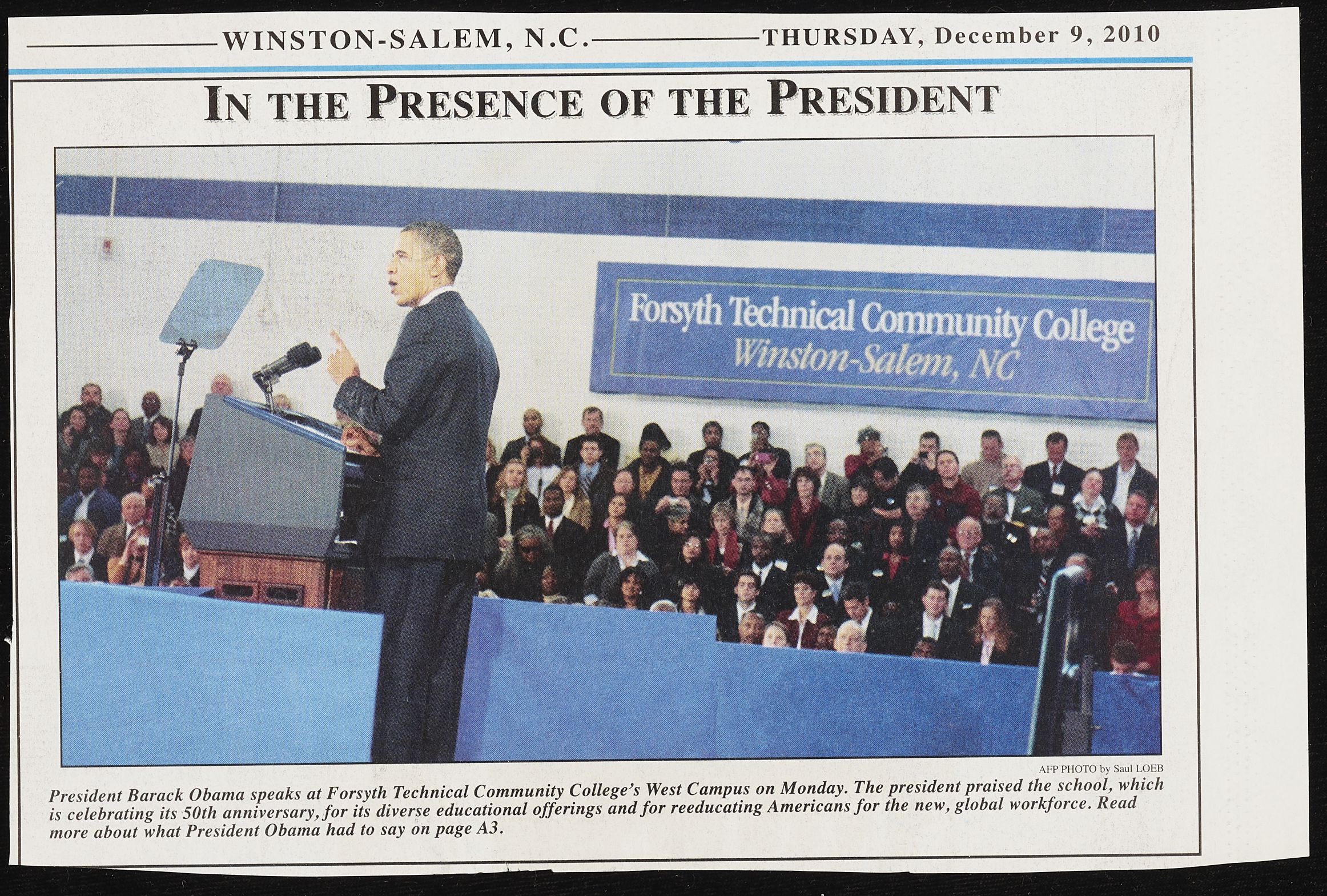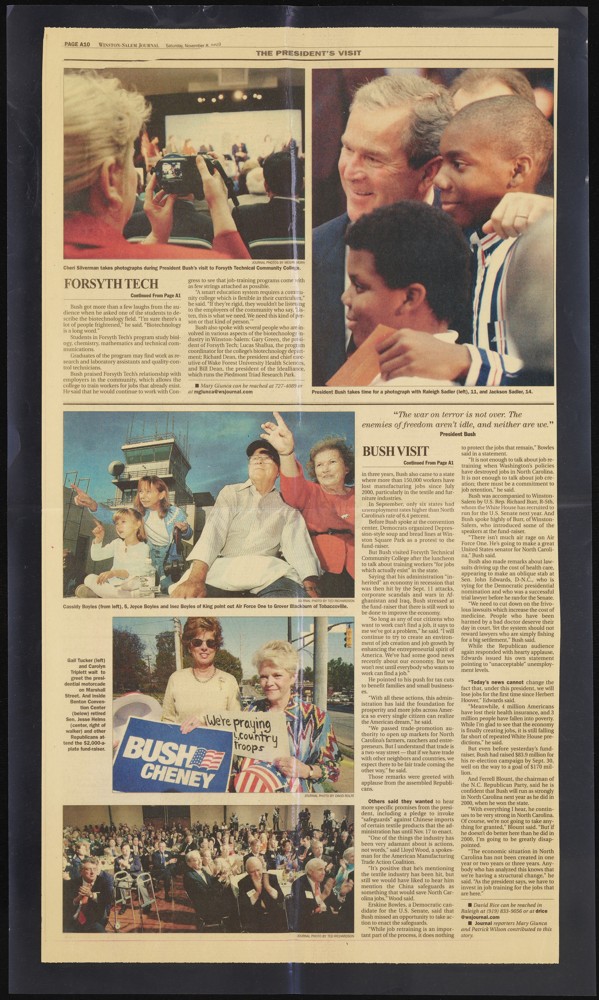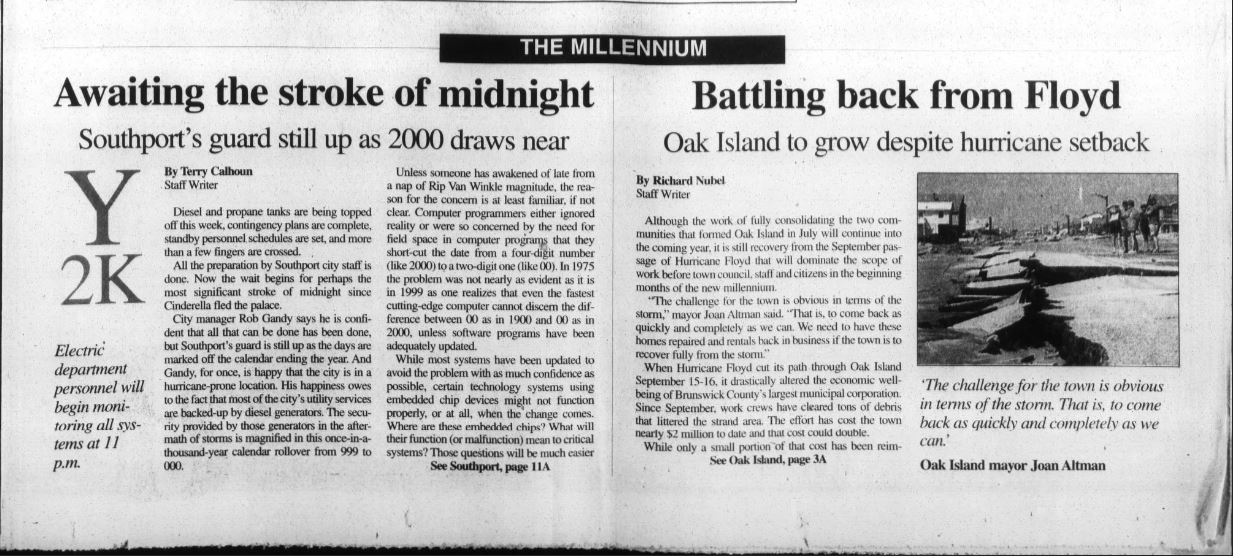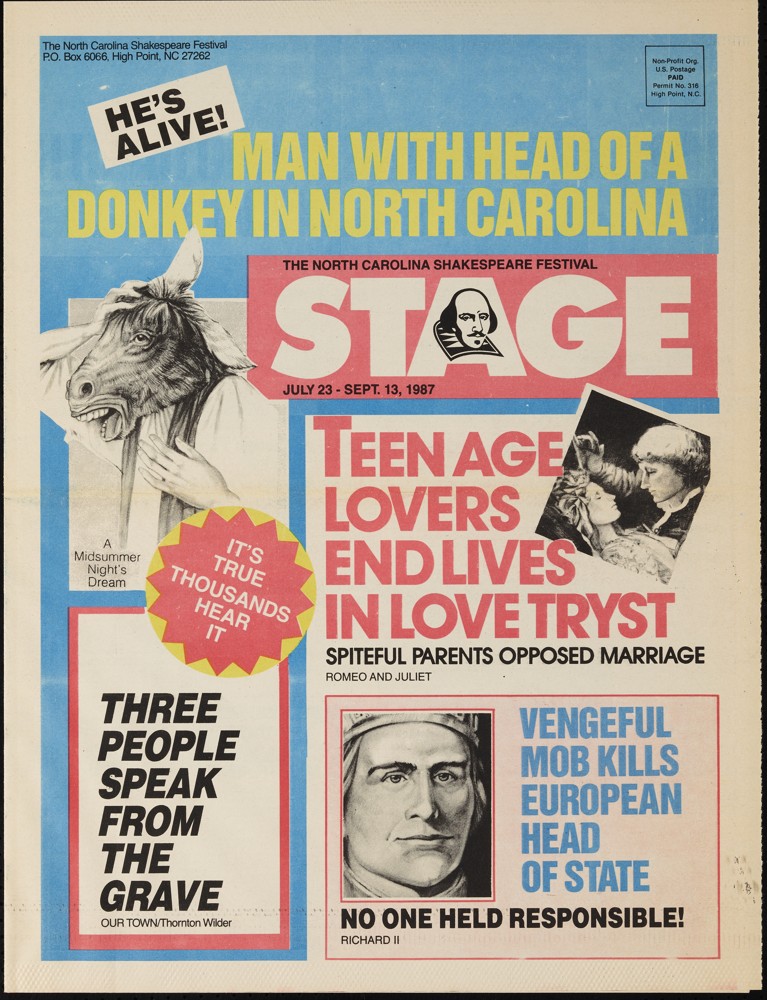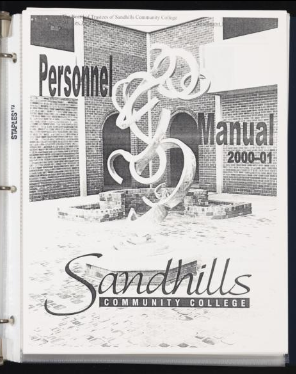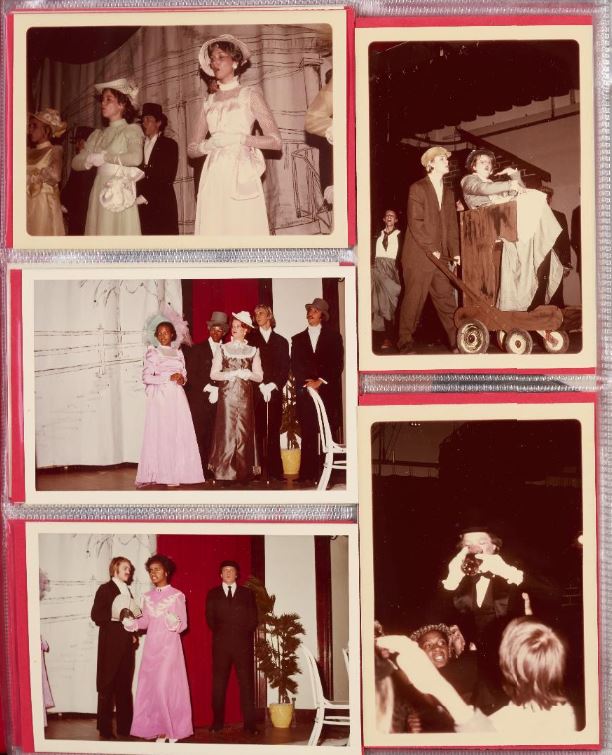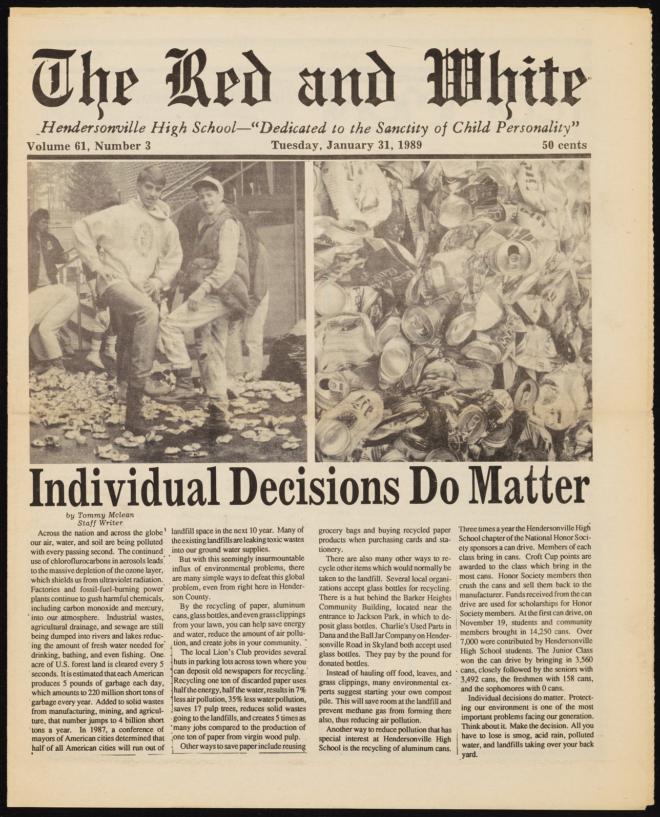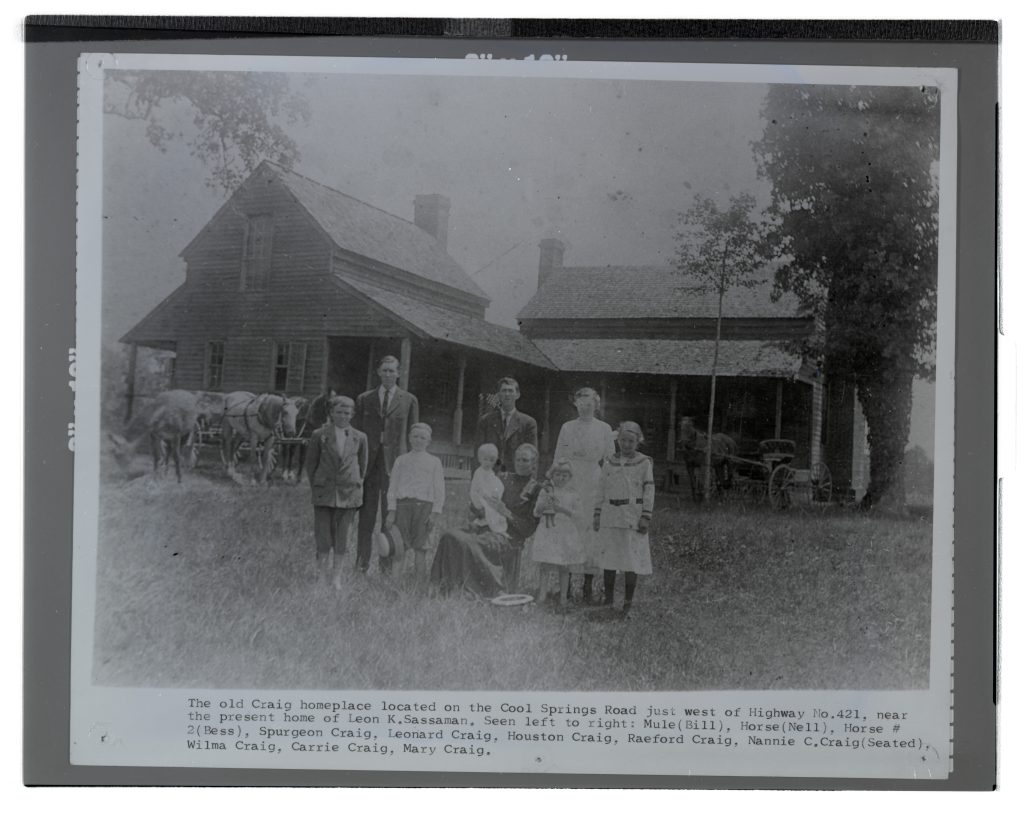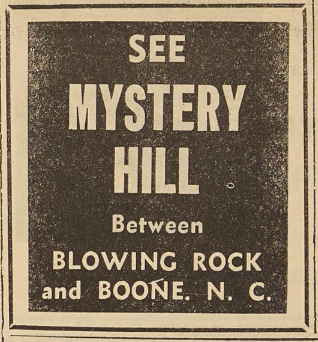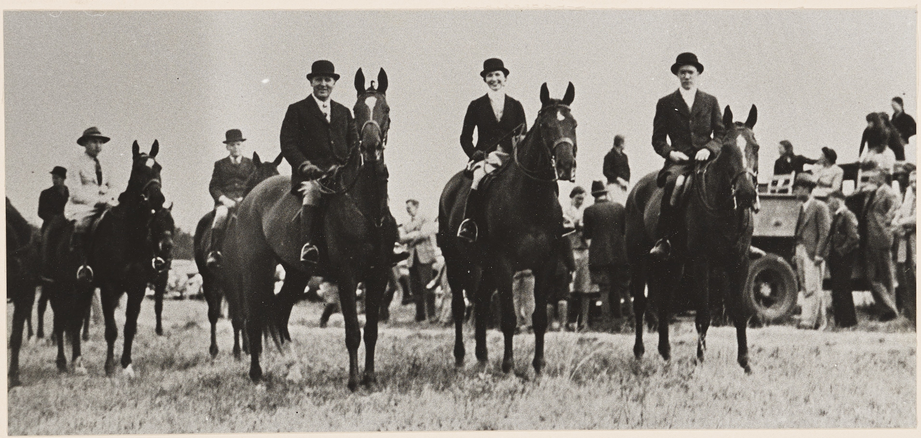
Thanks to our new partners at the Weymouth Center for the Arts & Humanities, DigitalNC is proud to announce that a wonderful collection of equestrian history is now available online for the first time. The record? An absolutely stunning photographic portfolio chronicling the early days of the Moore County Hounds, the oldest pack of foxhounds and foxhunters registered in North Carolina. The organization was founded by James and Jack Boyd, longtime residents of Moore County, all the way back in 1914, and the portfolio records the organizations accolades, meets, and activities over the breadth of the twenty first century.
But this monumental portfolio doesn’t just record the oldest foxhunting organization in the state in breathtaking photography, it also contains an amazing collection of vintage horse names! Identifications of both horse and rider are noted next to each image, preserving some truly fantastic equestrian appellations for posterity. Particular gems include “Hush Puppy,” “Moon Glow,” “Bumper Pass,” and “Ten Flags.” Dog lovers need not despair, however, as each hound-dog’s name has also been recorded in the annals of the scrapbook, with virtuous (and perhaps aspirational) titles such as “Vitality,” and “Energy.”
Thanks again to our new partners at the Weymouth Center for making this collection of history available online. You can find the Moore County Hounds portfolio online now at DigitalNC here. Interested in learning more about the Weymouth Center? You can visit their partner page online at DigitalNC here, or find their website here.
